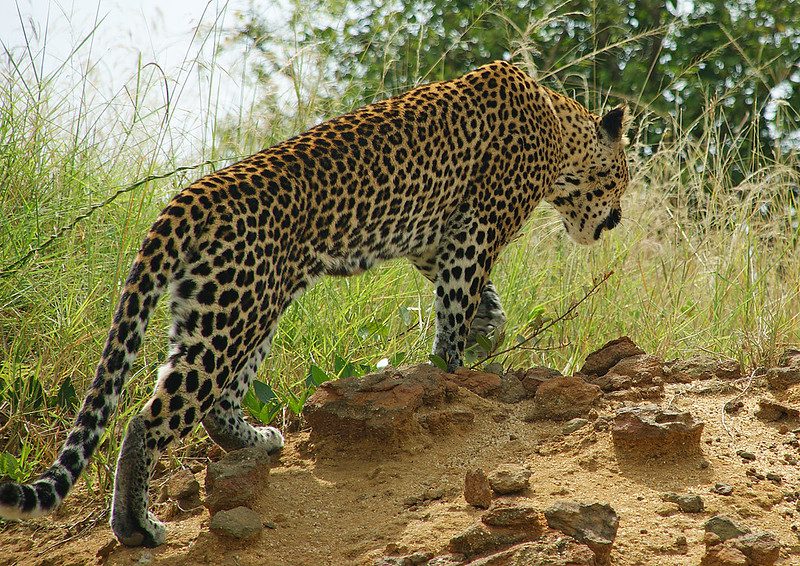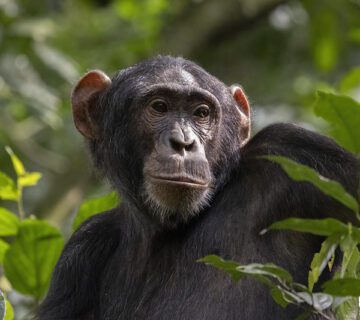If you’re thinking about visiting Uganda, you’re in for a treat. This East African country is well-known for its unique fauna, breathtaking scenery, and colourful culture. However, before you pack your bags, you should know what to anticipate when visiting Uganda.
This information will help you plan for your vacation, from visa requirements to transportation alternatives.
Wildlife activities include gorilla trekking, safari trips, and bird viewing.
Uganda is known for having some of the world’s most diversified wildlife, making it a popular location for safari trips, gorilla trekking, and bird viewing. Visitors who want to observe mountain gorillas in their native habitat can go to Bwindi Impenetrable National Park. The Big Five (lions, elephants, leopards, rhinos, and buffalos) as well as other species, including giraffes, zebras, and hippos, may be seen on safari trips at Queen Elizabeth National Park and Murchison Falls National Park. Uganda is also a bird watcher’s delight, with over 1,000 bird species to be found around the nation.
Traditional dances, local cuisine, and community visits are all part of the culture.
Uganda has a rich cultural legacy that is worth experiencing in addition to its animals and adventure. Traditional dances such as the Acholi people’s Bwola dance and the Baganda people’s Kiganda dance are must-sees. Local cuisine includes matooke (steamed green bananas), groundnut stew, and rolex (a famous street meal made with eggs and chapati). Community visits are an excellent method to learn about the local way of life and engage with the welcoming Ugandans.
Adventure activities include whitewater rafting, bungee jumping, and trekking.
Uganda is a popular location for thrill seekers. With rapids ranging from grade 3 to 5, the Nile River provides some of the greatest whitewater rafting experiences in the world. Nile High Bungee, where you may leap from a height of 44 meters, also offers bungee jumping. For those who prefer climbing, the Rwenzori Mountains provide a difficult trip to Uganda’s highest point, Margherita Point. The hike lasts roughly 7-9 days and provides breathtaking views of the surrounding area.
Climate and weather: When to go and what to bring.
Uganda has a tropical climate with two seasons: rainy and dry. The dry seasons, which go from December to February and June to August, are the best times to visit. The weather is warm and bright during these months, making them ideal for outdoor activities. However, because temperatures might change based on altitude, it’s necessary to pack for both hot and mild weather. For the day, light attire is ideal, but a light jacket or jumper is required for the chilly evenings.
Don’t forget to bring sunscreen, bug protection, and suitable shoes for all of your travels in Uganda.
Vaccinations, visas, and transportation alternatives for safety and convenience.
Before coming to Uganda, make sure you have all of the essential vaccinations. Yellow fever, hepatitis A and B, typhoid, and meningitis immunisations are also advised. It’s also a good idea to ask your doctor whether you need any more immunisations based on your specific health concerns. Most tourists can get a visa upon arrival at the airport or border crossing. However, it is critical to check the most recent visa requirements before flying. There are numerous modes of transportation available, including buses, taxis, and private automobile hiring. It is critical to plan ahead of time, study, and arrange transit to guarantee a smooth and safe journey.





